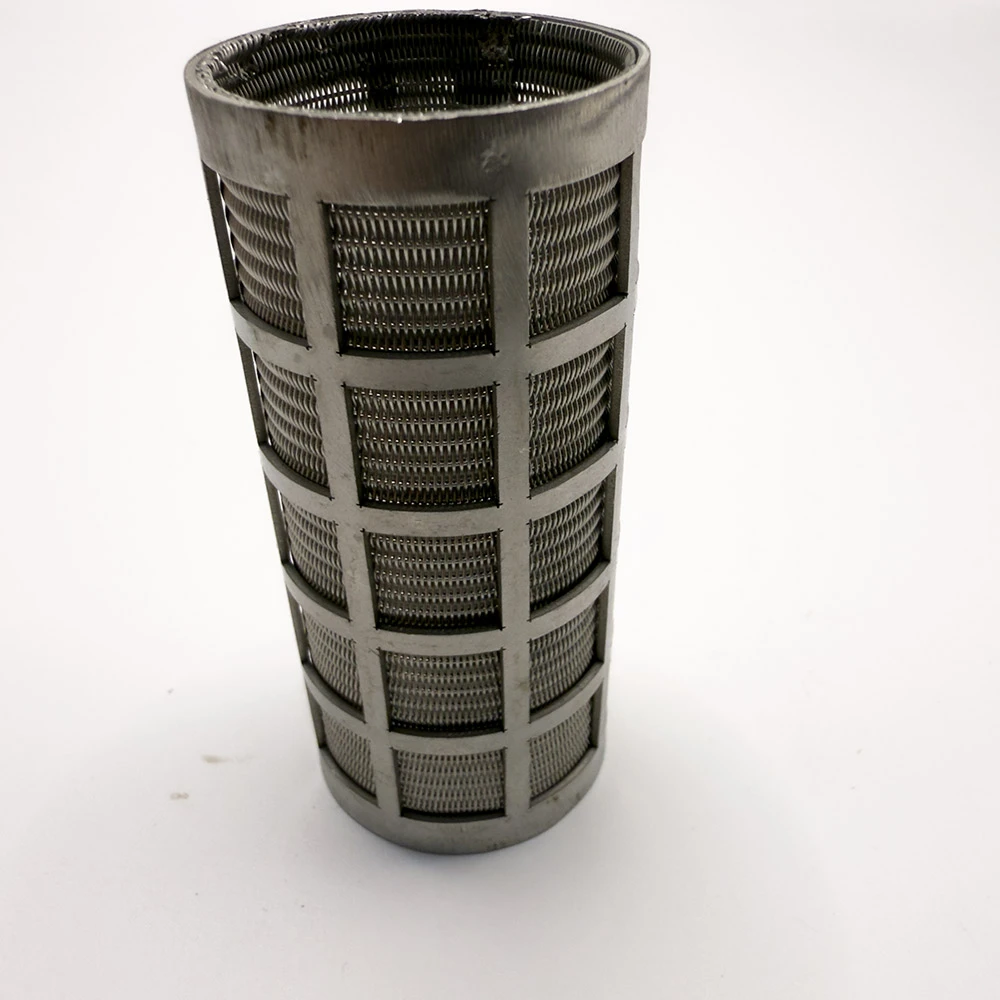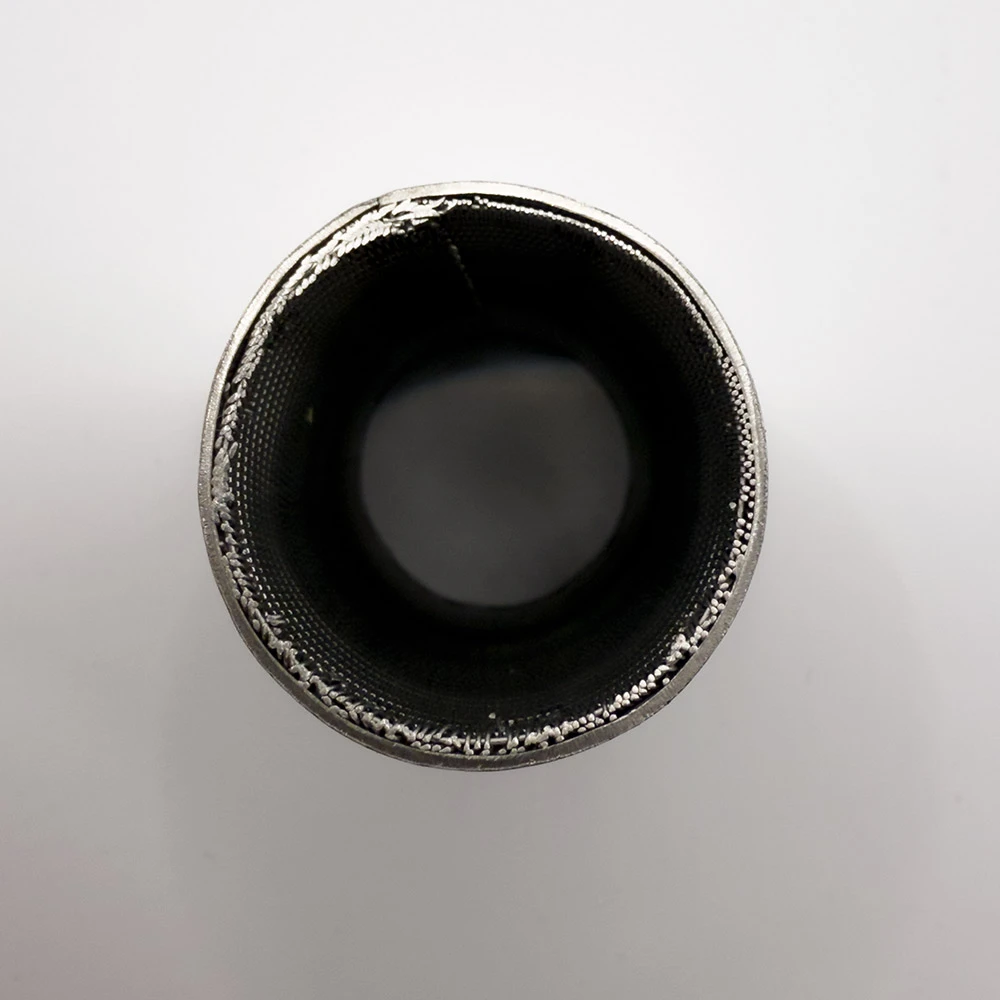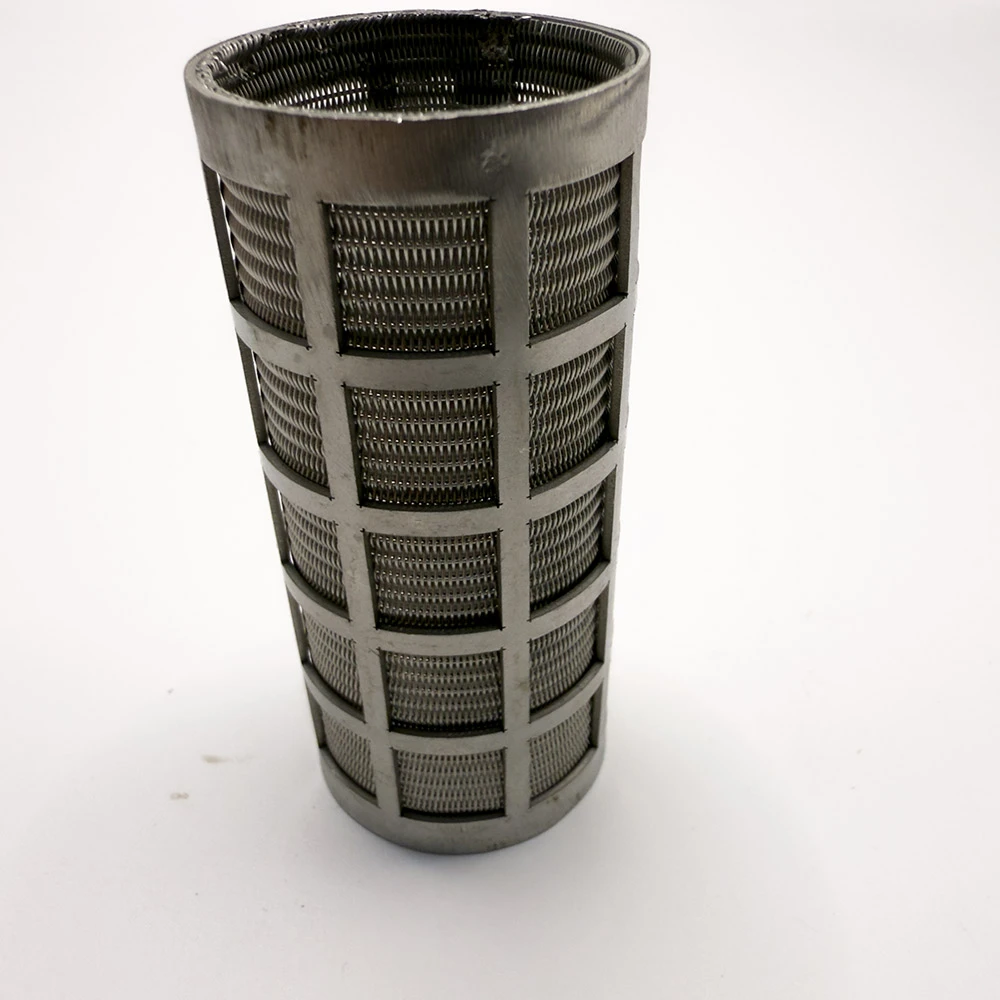With surging demands for high-efficiency filtration in sectors like petrochemicals, metallurgy, and water treatment, the stainless steel filter element has become a pivotal component for both process reliability and operational cost reduction. This article comprehensively explores technical trends, manufacturing expertise, application insights, and third-party certification benchmarks for stainless steel filter element, stainless steel basket filter, and stainless steel filter basket solutions. Our focus: enabling your facility to deploy industry-leading filtration technology with proven trust and authoritative insight.
1. Industry Trends: The Rise of Stainless Steel Filter Elements
- Market Insights: According to MarketsandMarkets, the global industrial filtration market is expected to reach $41.1 billion by 2027 (source), driven by stricter environmental regulations, longer equipment lifespans, and the growing adoption of stainless steel filter solutions.
- Shift to Stainless Steel: Stainless steel filter baskets and strainers increasingly replace traditional polymer or cartridge filters, providing superior resistance to corrosion, thermal fatigue, and mechanical damage.
- Integrated Customization: Industry demands for high flow rates, precise micron ratings (1–2000 μm), and FDA/ISO conformity are pushing filter manufacturers to offer customizable stainless steel basket filter options that fit unique process needs.
- Lifecycle/ROI Focus: Average lifecycle values for stainless steel filter elements exceed 8 years with proper maintenance (vs. 1–2 years for cartridge types), reducing replacement costs and plant downtime.
2. Technical Parameters & Expert Data Tables
Key Specifications of Stainless Steel Filter Elements
| Parameter | Stainless Steel Filter Element | Stainless Steel Basket Filter | Typical Polymer/Cartridge Filter |
| Material |
SS304, SS316, SS316L, Duplex SS |
SS304/316 Wire Mesh & Perforated Plate |
PP, PE, Cellulose |
| Filtration Rating |
1–2000 μm (customizable), absolute/nominal |
10–2000 μm (mesh-based) |
1–50 μm, mostly nominal |
| Operating Temp. |
-50°C ~ 600°C |
-50°C ~ 600°C |
<90°C |
| Pressure Tolerance |
Up to 25MPa (3600psi) depending on design |
10–25MPa |
<1.6MPa |
| Corrosion Resistance |
Excellent (suitable for acidic/alkaline media) |
High (chemical & seawater environments) |
Poor to moderate |
| Cleaning & Reusability |
High, CIP/SIP compatible |
High, easy maintenance |
Mostly single-use |
| Service Life |
6–12 years |
Over 8 years |
0.8–2 years |
| Compliance |
ISO 9001, ISO 16889, FDA CFR21 |
ANSI, ASME, CE |
FDA for food only |
3. Manufacturing Process Visualization: From Raw Steel to High-Precision Filtration
Step-by-step Stainless Steel Filter Element Manufacturing Flow:
Material Selection
(SS304/316/316L/Duplex)
→
Precision Machining
(CNC/Lathe Turning)
→
Wire Mesh Weaving
(Dutch/Plain/Twill)
→
Welding & Assembly
(Laser/TIG)
→
Surface Treatment
(Pickling/Passivation)
→
Quality Inspection
(ISO, Leak, Burst Tests)
→
Packing & Shipping
- Raw Material Sourcing: Use of cold-rolled sheets or wire rod, certified to ASTM A240 (SS304/316L).
- Mesh Weaving: Automated weaving looms generate wire mesh (20/30/50/100 mesh etc.) as per spec; mesh size is crucial for targeted micron rating.
- CNC Machining/Perforation: End plates, baskets, and reinforcement rings shaped via CNC or hydraulic pressing. Perforated plates (2–5mm thickness, 2–10mm holes) provide rigidity.
- Assembly & Welding: TIG or laser welding ensures high-strength, leakproof joints—critical for industrial use.
- Surface Finish: Pickling and passivation remove iron residues, enhancing anti-corrosion (ISO 16048 compliant surface passivation).
- Testing & Certification: 100% hydrostatic testing, visual inspections, and third-party verification (EN 12266 leak test) guarantee safety and performance.
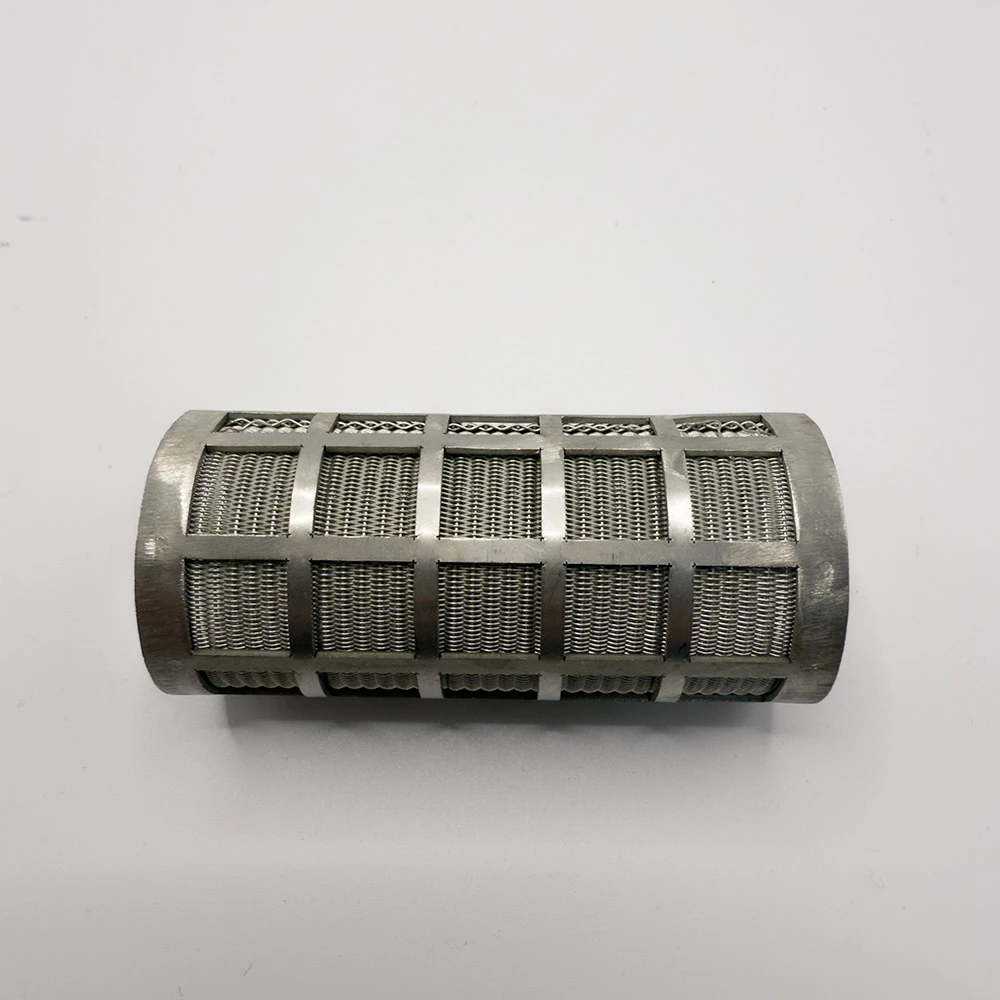
4. Stainless Steel Basket Filter Technical Advantages
- Superior Corrosion Resistance: Suitable for harsh chemical environments (pH 1–13), saline/brine, or high humidity operations.
- Pressure & Temperature Endurance: Capable of uninterrupted service in high pressure (up to 25 MPa/3600 psi) and wide temperature range (-50°C to 600°C).
- Process Reliability: Rigid structure prevents deformation; absolute-rated mesh ensures consistent particle retention.
- Ease of Cleaning & Reuse: Backwashing, ultrasonic cleaning, or solvent rinsing enable years of reusable service, crucial for minimization of process downtime (50% lower OPEX than single-use alternatives).
- Food/Pharma Compliance: Fully compatible with FDA CFR21 and EC1935, non-leaching and non-reactive.
- Eco-friendly: 100% recyclable stainless steel, eliminating post-use disposal issues associated with plastics.
5. Product Benchmarking: Stainless Steel Basket Strainer Filter vs. Market Alternatives
From the above comparison, stainless steel filter element based basket strainers significantly outperform polymer alternatives in durability, high-pressure capability, and cleaning cycles, offering long-term cost reductions over typical filter cartridges or bags.
6. Customization & Engineering: Stainless Steel Basket Filter Solutions
- Micron Ratings: Tailored mesh or perforation sizes (1μm – 2000μm) for application-specific requirements.
- Material Selection: Standard SS304, corrosion-resistant SS316/316L for chemical plants, Duplex and super-duplex for marine/seawater projects.
- Baskets/Element Geometry: Cylindrical, conical, oval, and pleated varieties for optimized flow and surface area.
- End Connection: ANSI/ASME flanged, threaded (NPT/BSP), or clamped designs to suit legacy process pipelines.
- Surface Finish: Mirror-polished for food/pharma, or sandblasted for industrial/energy purposes.
- International Compliance: Engineered per ISO 9001, EN1092, ASME BPVC VIII, and PED 2014/68/EU where required.
- Traceability: Serial number + heat number markings; 3.1 material certificates provided.
- Engineering Support: 3D CAD drawings, flow simulation, strength finite-element analysis (FEA) offered for all custom orders.
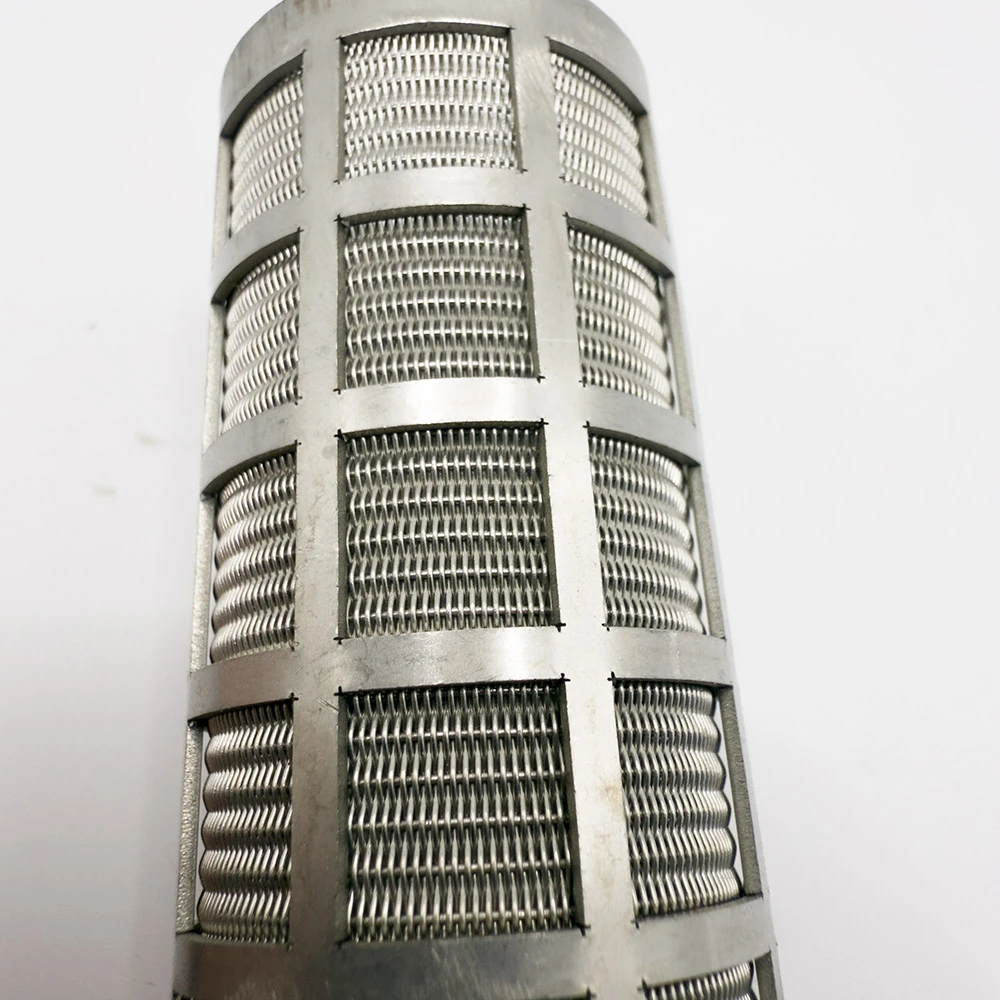
According to industry surveys, 62% of users require ISO/ANSI/ASME certified stainless steel filter basket solutions, while 25% focus on food/pharma regulations and the rest on niche industry-specific requirements.
7. Application Scenarios & Case Studies
Petrochemical Refinery - China, 2022
Deployment: Three-stage stainless steel filter element basket systems (30μm, 10μm, 2μm) installed for inlet water and crude separation system.
Outcome: Over 85% reduction in unplanned shutdowns due to clogging. Maintenance intervals extended from 1 month (cartridge) to 8 months (basket filter).
Third-Party Verified: SGS witnessed delta-P measurements and mesh integrity after 40,000 cycles.
Municipal Water Treatment Plant - Germany, 2023
Deployment: Large-diameter stainless steel basket filters (SS316L, 100 mesh) as pre-treatment for ultrafiltration modules.
Result: Lower energy consumption (pumping head reduced by 15%), filter exchange interval extended to 2 years. No structural corrosion after 11,000 cleaning cycles.
Reference: Certified under EN 13443-1, annual DVGW audit passed.
Food Manufacturing (Dairy) - USA, 2021
Deployment: FDA CFR21 compliant basket filters (polished, SS316) used in raw milk intake and whey concentration lines.
Outcome: No product recalls, stable bioburden, quick filter cleaning without CIP chemicals. Operators praised ease-of-use and robustness.
8. Stainless Steel Filter Element: Industry Certification & Manufacturer Benchmark
Cangchen Metal Mesh (China)18+ years
Leading OEM/ODM supplier of stainless steel filter element
solutions
Certifications: ISO9001:2015, ASME, ANSI/NSF 61, FDA CFR21, EC1935/2004
Clientele & References: BASF, Dow, Sinopec, Veolia Water, GEA
- Service Scope: Serving over 48 countries, 2700+ custom projects delivered, all with documented quality compliance.
- After-Sales: Responsive technical support, on-premise sizing, filter element life-cycle tracking, and OEM private labeling available.
9. Quality Commitment, Delivery, and Customer Assurance
- Lead Time: Standard products: 5–10 working days; Customized baskets: 2–4 weeks based on complexity and volume.
- Warranty: 18-month performance guarantee (covers welds, mesh integrity, dimension tolerance). Optional 3-year extended coverage.
- Testing: 100% pressure and leak-tested; individual test certificate provided per batch (ISO/EN format).
- Traceability: Each stainless steel filter element is laser-marked for full supply chain accountability.
- Support: Life-long technical support, remote troubleshooting, and easy access to replacement parts.
- Certs/Docs: MTC 3.1, FAT, SAT and compliance certificates included with every shipment, no extra cost.
10. Professional FAQ: Stainless Steel Filter Element Engineering
Q1. What stainless steel grades are recommended for filter baskets exposed to seawater?
A1. SS316 and duplex stainless steels (2205, 2507) provide robust corrosion resistance in saline/brine applications. For high-chloride concentrations, super-duplex grades or titanium may be assessed.
Q2. What is “absolute” vs. “nominal” micron rating in stainless steel filter element specification?
A2. Absolute means 99.9% particle removal at stated micron size (e.g., 20μm abs), while nominal means around 85% removal efficiency. For critical processes, always specify absolute ratings.
Q3. What installation standards are typically followed?
A3. ANSI B16.5 for flange connections, ASME Boiler & Pressure Vessel code for pressure boundaries, and ISO 16889 for filter test methodologies apply. Always match customer process specs for fit-up.
Q4. How is mesh integrity assured after repeated cleaning/backwashing?
A4. Proper stainless steel filter baskets are stamped or welded to retain mesh, then pass pressure, deformation, and burst tests per EN12266. High-end products use reinforced designs to double service life.
Q5. What are typical tolerances for basket/filter sizing?
A5. Length and diameter tolerances of ±0.5mm are standard, with mesh % open area controlled to ±3%. For high-precision projects, tighter (±0.2mm) may be specified.
Q6. What surface finishes are supplied for pharma and food applications?
A6. Electropolished, mirror or RA < 0.4μm finishes prevent bacterial adhesion and ensure full compliance with FDA/EC1935/3-A Sanitary standards.
Q7. How can I confirm compatibility with aggressive process media?
A7. Request a compatibility chart or corrosion test data for your exact process fluid. For specialty acids or bases, lab immersion or ASTM G31 tests may be performed prior to full-scale deployment.
11. Frequently Asked Questions (FAQ)
- Can stainless steel filter basket elements be cleaned and reused indefinitely? Yes, with correct cleaning (CIP, ultrasonic), their lifespan is often 8–12 years in typical use. Visual inspection & pressure drop monitoring is advised.
- Which industries prefer stainless steel basket filter solutions? Petroleum refining, chemical plants, water/wastewater, metallurgy, food processing, power generation, and marine systems.
- What is the maximum operating pressure? Designs are available for up to 25MPa (3600psi) or higher for thicker-walled baskets.
- Are these filters compliant with international standards? Yes, leading factories supply baskets per ISO 9001, FDA, ANSI, ASME (U-stamp available for pressure vessels).
- Is documentation (material certs, test logs) provided? Full documentation: 3.1 MTC, test reports, compliance/declaration forms ship with every order.
- Can basket filters operate at high temperatures? SS basket strainers typically withstand up to 600°C; always confirm project specs for gaskets/seals used.
- Is the design customizable for OEM integration? Yes; custom dimensions, mesh, end-plates, handles, and housing mounts can all be engineered to your drawing.
12. References & Further Reading
Key Industry Insight & Peer Discussion
- "Comparative Analysis of Filtration Technologies in Industrial Plant Applications,"
Chemical Engineering Progress, 2023 (
link)
- "Basket Strainer Design to Meet ISO 16889 and FDA Standards,"
Filtration + Separation Journal, 2022 (
link)
- "Why Stainless Steel Remains the Filter Element of Choice – User Experiences,"
Eng-Tips Forums (
link)
- MarketsandMarkets: "Industrial Filtration Market," 2023 Update (
link)
